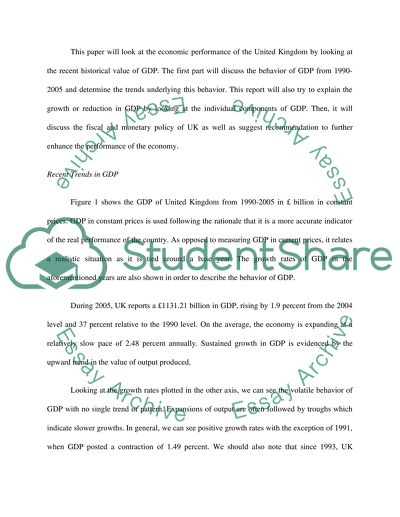Cite this document
(“Gross Domestic Product of United Kingdom Assignment”, n.d.)
Gross Domestic Product of United Kingdom Assignment. Retrieved from https://studentshare.org/politics/1515053-gross-domestic-product-of-united-kingdom
Gross Domestic Product of United Kingdom Assignment. Retrieved from https://studentshare.org/politics/1515053-gross-domestic-product-of-united-kingdom
(Gross Domestic Product of United Kingdom Assignment)
Gross Domestic Product of United Kingdom Assignment. https://studentshare.org/politics/1515053-gross-domestic-product-of-united-kingdom.
Gross Domestic Product of United Kingdom Assignment. https://studentshare.org/politics/1515053-gross-domestic-product-of-united-kingdom.
“Gross Domestic Product of United Kingdom Assignment”, n.d. https://studentshare.org/politics/1515053-gross-domestic-product-of-united-kingdom.


